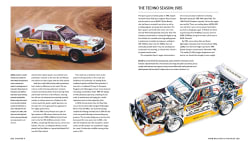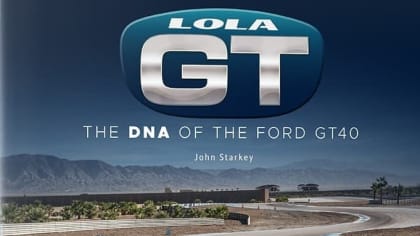Le Mans 100
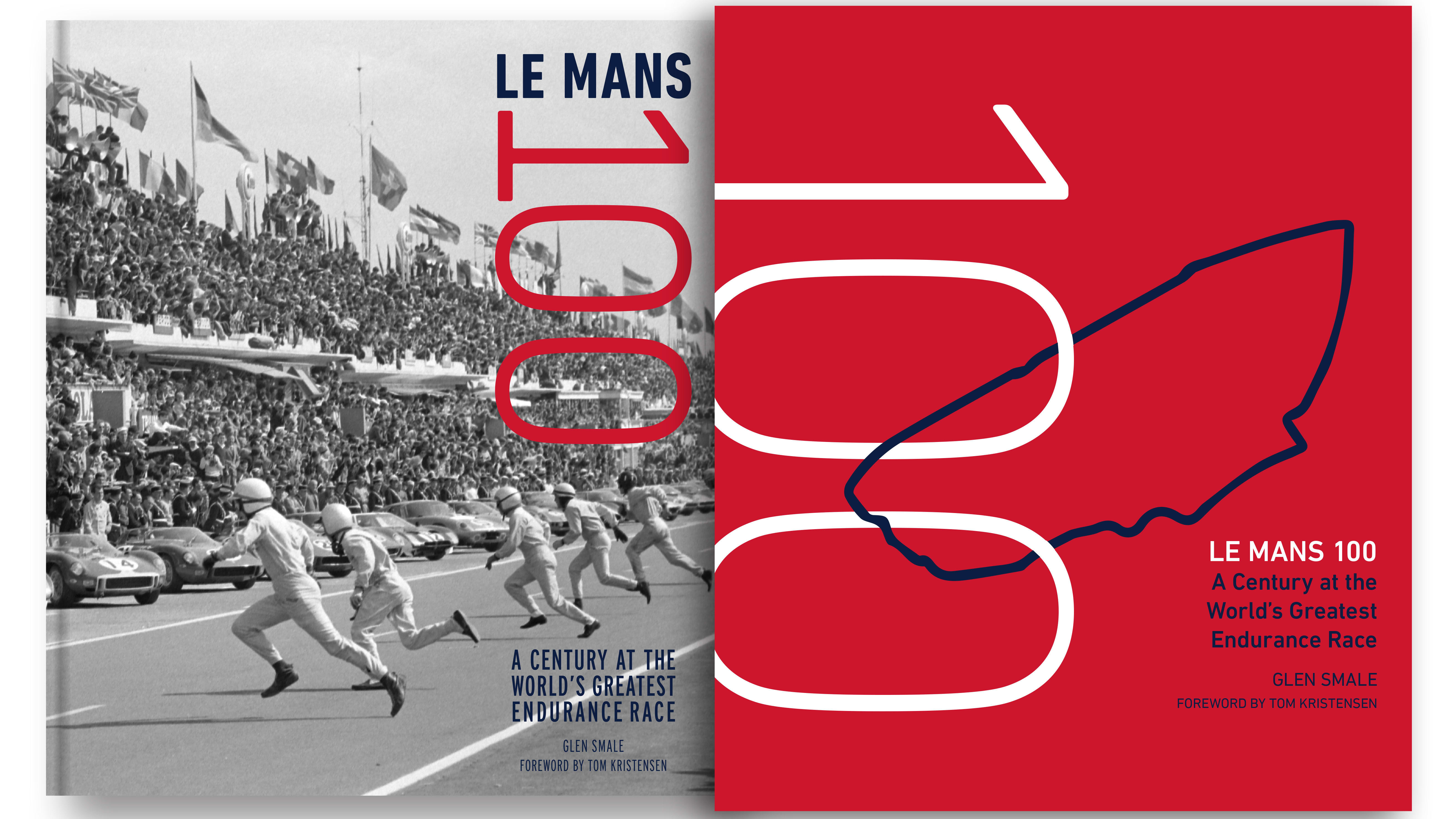
A Century at the World’s Greatest Endurance Race
At Le Mans there are half a dozen (maybe more?) classes of sports cars - from 230 mile-per-hour prototype bolides to virtually street stock machines - strung out and breathing hard at 120, sharing the massive track.
By Doug Stokes
Wed, Jul 12, 2023 11:55 PM PST
all images courtesy the publisher
“Ok ...OK” I had to keep telling myself, “Stop turning pages and start reading the stories.” What seemed like a short time later (but that was very nearly an hour) I took my own advice and actually started to read this one … and I’m quite happy I did.
...But first, let’s talk about the undertitle, you know, the “world’s greatest (endurance) race” claim. What about the Indianapolis 500 or the Daytona 500? The truth is that all three are great … even iconic in fact. And only the Indianapolis race has a longer history with it’s first race taking place in 1911.
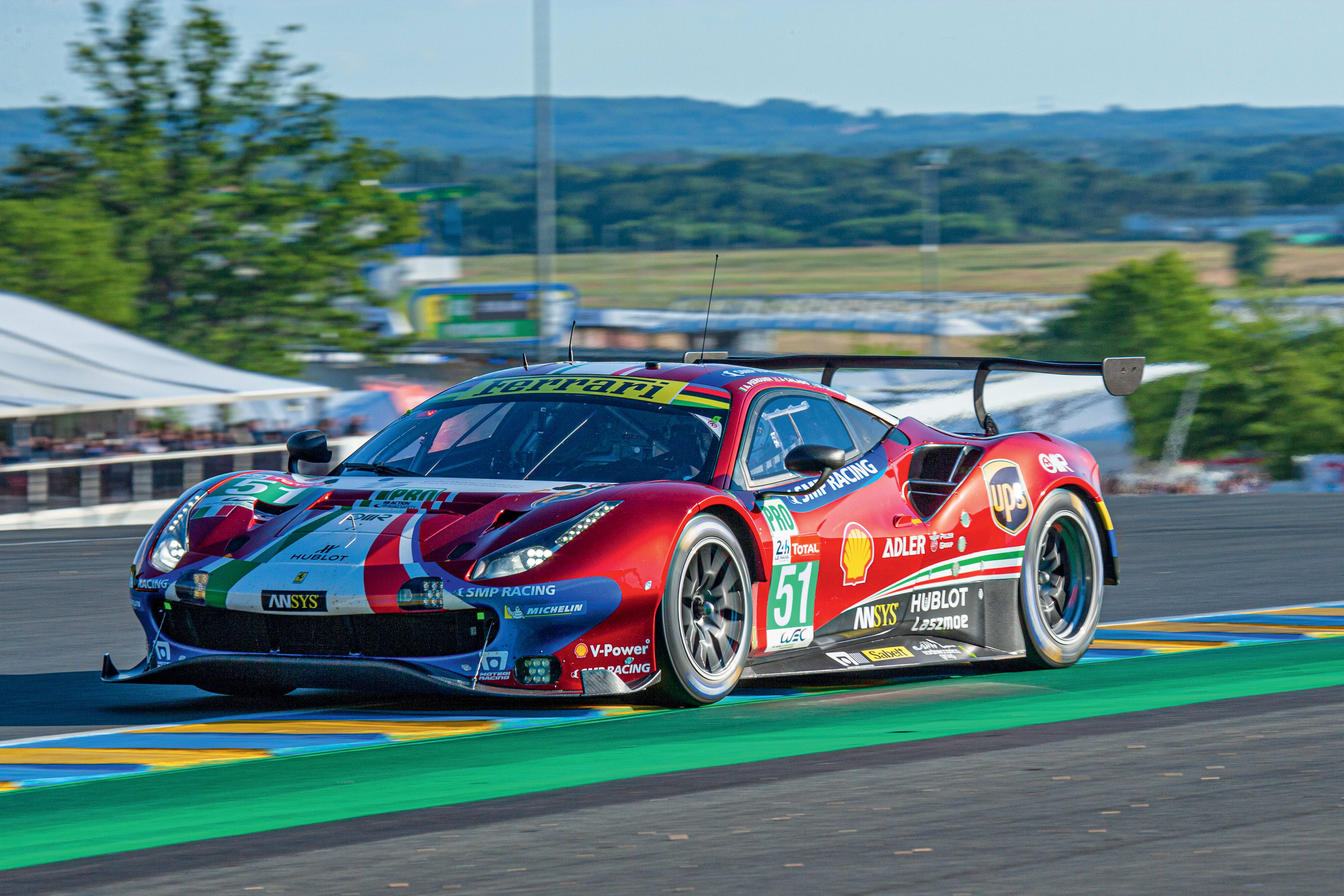
It’s just that the Le Mans race is so long and so grueling (lasting 24 hours, and not a minute less) that it’s naturally thought of in those terms. The Indy 500 and the Daytona 500 are 500-mile races of course, and punishing in their own way for race cars that are identical in every technical aspect, except for the fiberglass bodywork in NASCAR and/or the car’s paint job in IndyCar.
At Le Mans there are half a dozen (maybe more?) classes of sports cars from 230 mile-per-hour prototype bolides, to virtually street stock machines that are strung out at and breathing hard at 120 at the same place on the massive track.
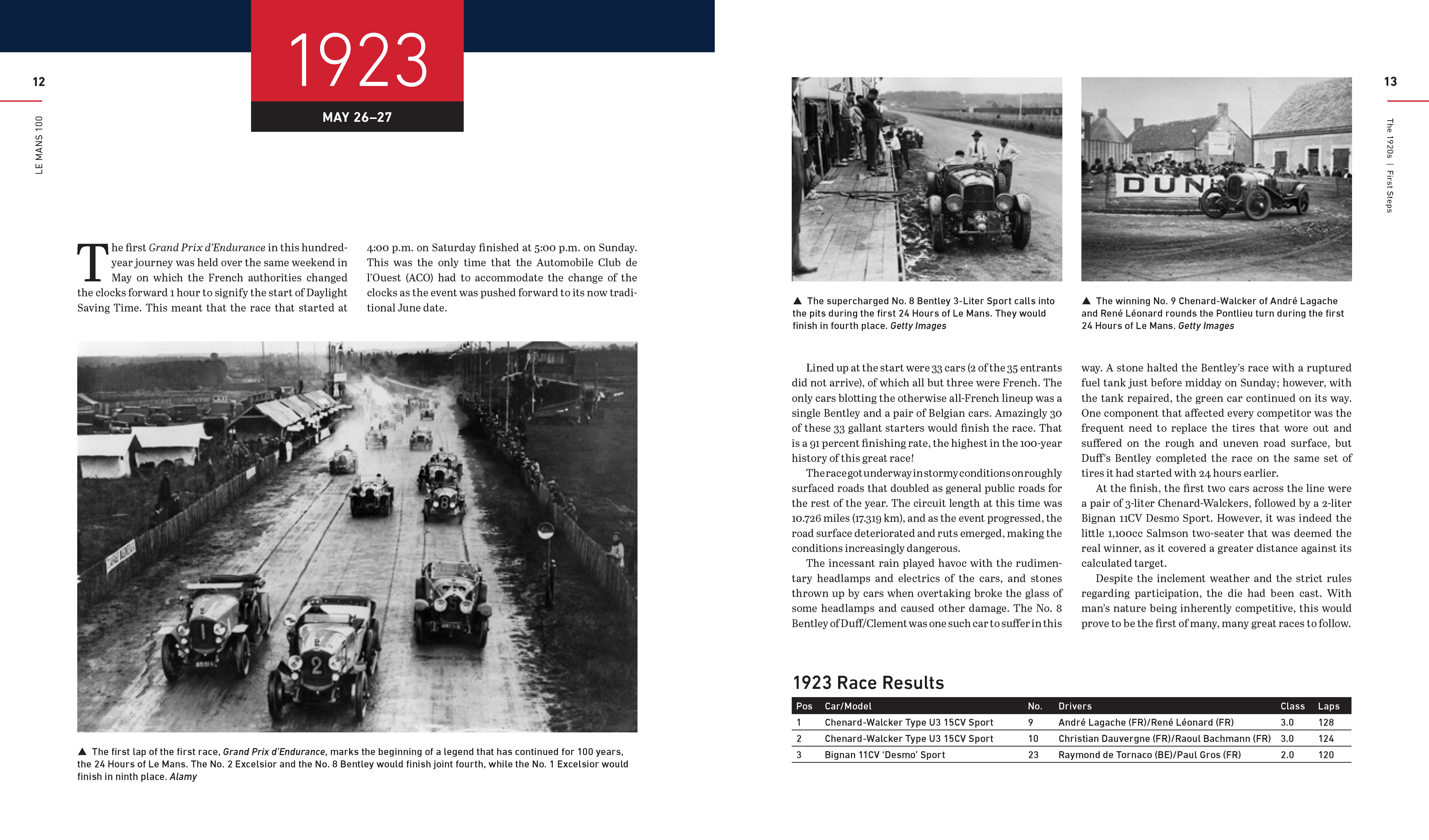
As advertised, it’s an endurance race - and universally acknowledged as the greatest one - where the best of the best face off from 3PM Saturday afternoon, racing on through the night and next day until 3PM Sunday afternoon on an 8.5-mile circuit originally pieced together out of rural roads, oft times in the pouring rain, and feverishly stopping only for fresh tires, fuel, and driver changes.
With that, let’s now actually take a look at this handy reference book that celebrates ninety great “grands prix of endurance events” that look back 99 years to 1923... Quite simply, this is your handy-dandy record of the great classic 24 Hours of Le Mans, told with clarity, good visuals, and dispatch.

The format is two (and sometimes a bit more) pages for each of the races, the prose is crisp, and there’s a tone that tells the reader that every race was an internationally important event, and that every race had it’s own sort of signature, it’s own personality, and it’s own unique triumphs - and sometimes it’s own tragedies.
Examples of the polar opposites were the races of 1955 and 1967. The ‘55 race was marked by the worse spectator-involved racing accident ever seen, before or since.
... Just two hours into the race, one of the fastest cars in the field, a Mercedes 300SLR caught the back end of a much slower Austin-Healey. It’s speed lofted the car to and over the embankment directly across from the pits where hundreds upon hundreds of spectators were watching the race.
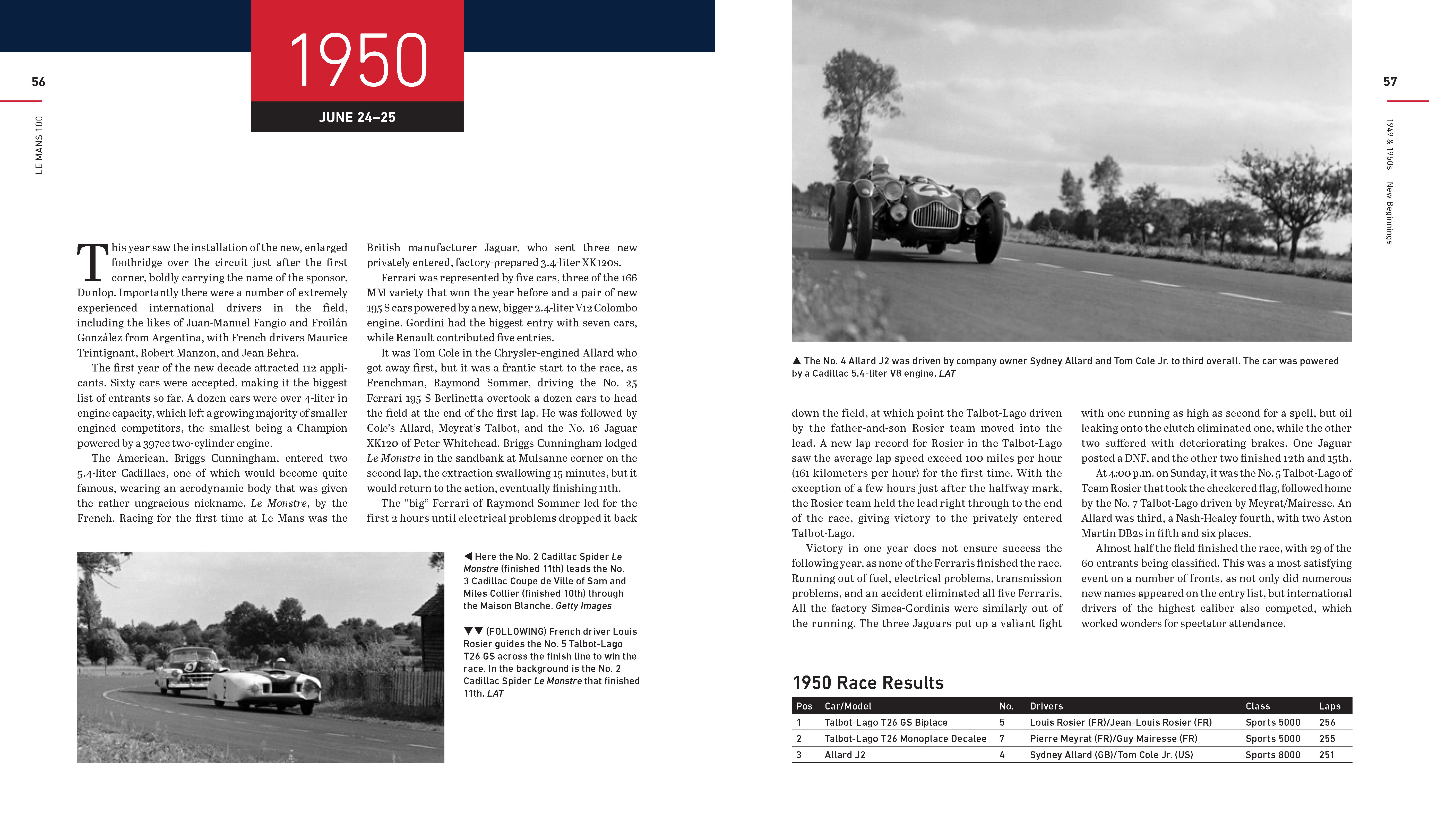
The car broke up, catching fire in the air and killing 84 people while critically injuring another 120. Considered one of the darkest-ever days in motorsports, the catastrophe led to many changes in safety rules, but as author Smale notes, “...the racing world was shocked by the incident, and motor racing would take many years to move on.”
In 1967 perhaps the most unlikely duo ever to drive at Le Mans, won in a walk (that’s four laps or some 30+ miles ahead). The Legendary A.J. Foyt, 4-time Indy 500 winner was teamed with a young up-and-coming driver from California named Dan Gurney in the brutish Ford Mk IV.
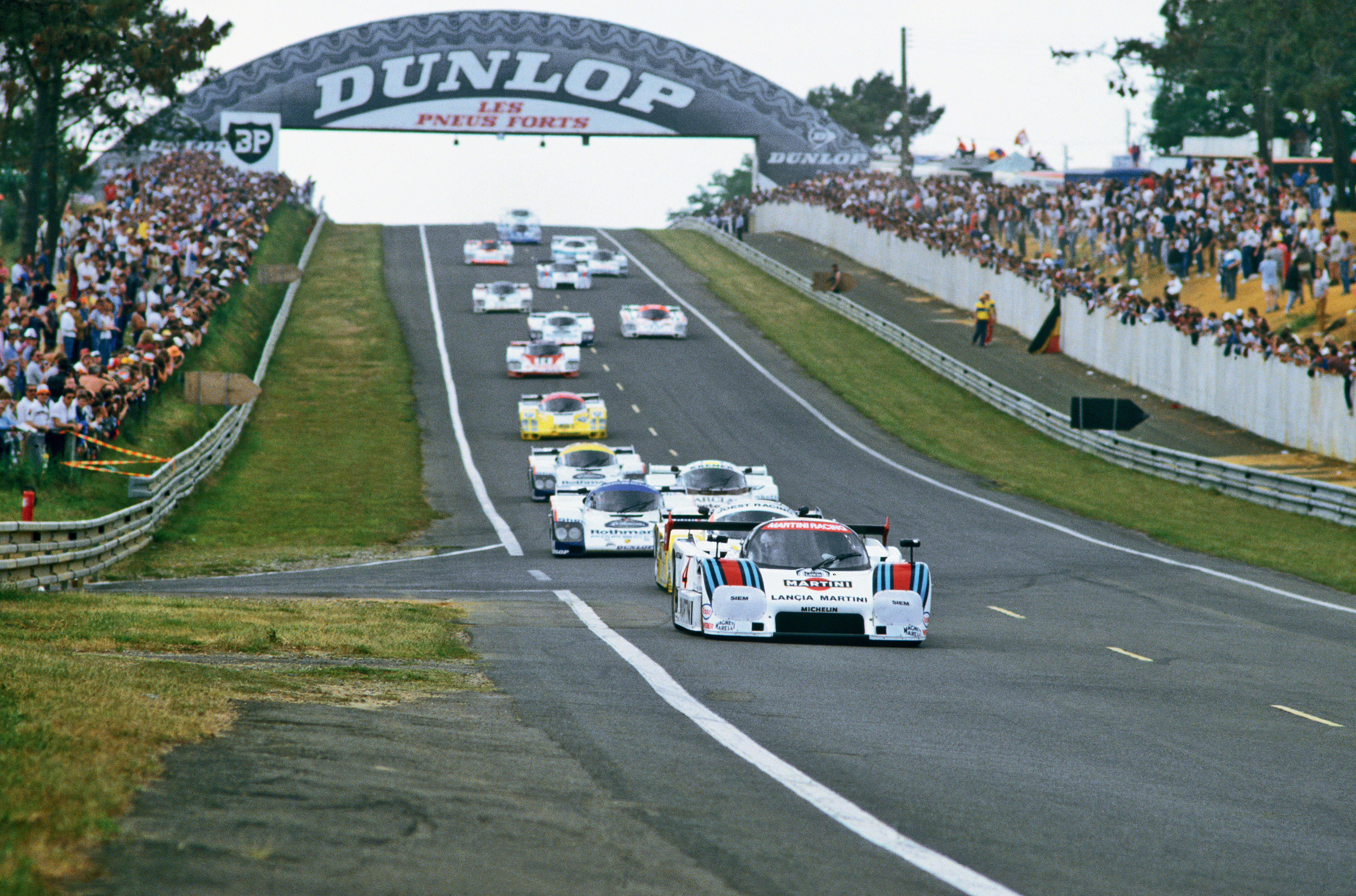
The win was certainly significant, but what Gurney did on the victory stand would become a motorsports tradition that symbolizes victory to this day 56 years later. Handed a magnum of local champagne, the young ebullient Gurney might have taken a quick swig, but then he shook the bottle up and started to spray Foyt, the officials, and crowd that had gathered for the prize-giving … certified racing magic.
And “Ford v Ferrari” (the real life version of a very popular feature film) is here too. Author Smale sums that dramatic 1966 race up quite succinctly: “Ford’s victory was all consuming and they staged a 1-2-3 photo finish. The result, while it gave the Dearborn manufactures the win they had been looking for, it also robbed the real winners (Ken Miles/Denny Hulme) of their rightful victory.” Amen brother...
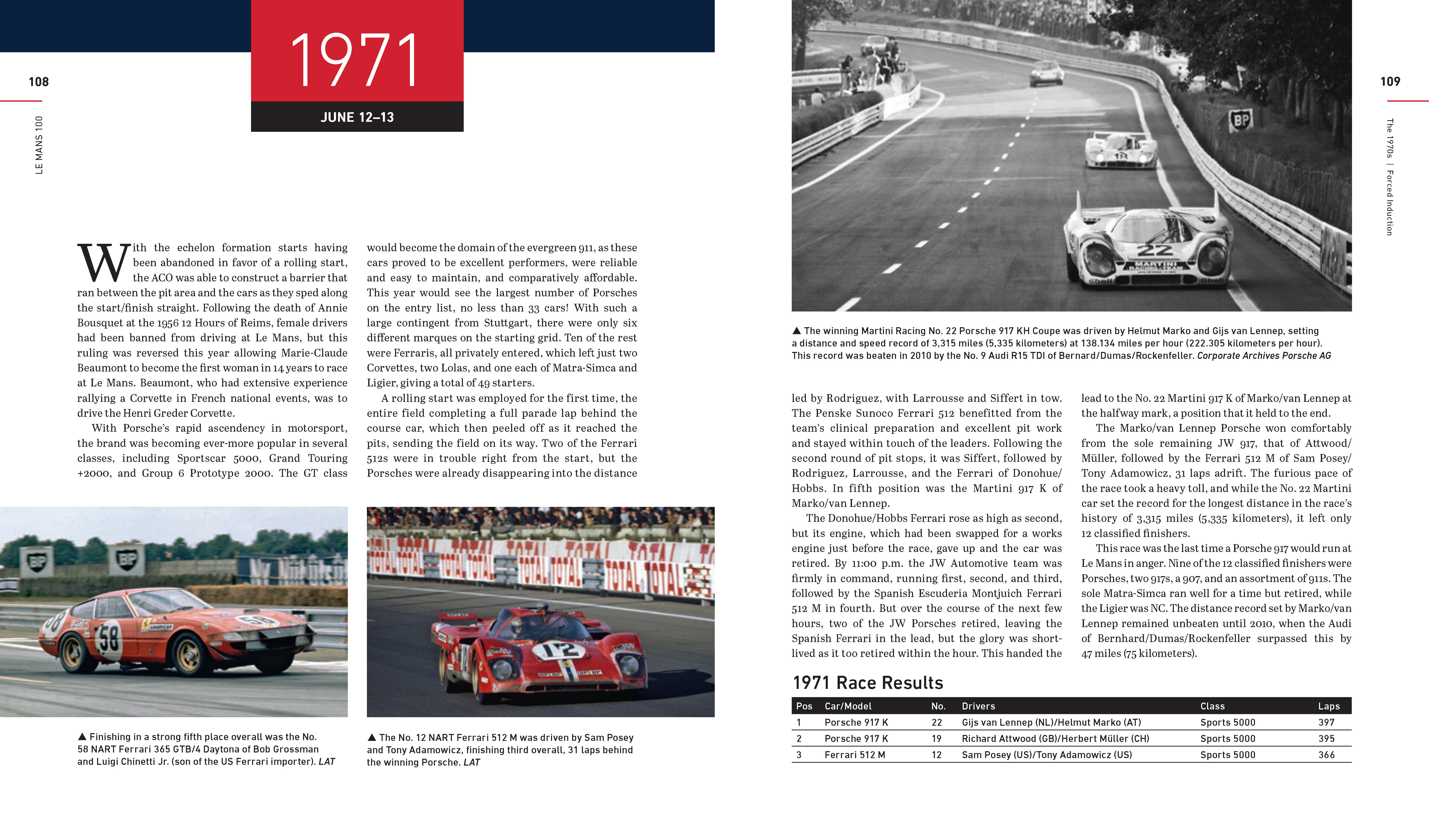
Right here I think that I should really write a line or two about the design and presentation of this book. First of all, slipcases lately have been few and far between in the world of automotive racing books; but this compendium features one and it really adds to its sense of class and purpose.
I’d be remiss here if I didn’t stop to mention the late Tim Considine’s prize-winning, multi-volume (“Twice Around the Clock, the Yanks at Le Mans”) which concentrates on the stories of the Americans who went to France to compete in the 24 Hours and who gave a pretty damn good accounting for their effort. “Yanks” also comes nested in a v. nice slipcase (it’s evident that there’s a lot of respect for the subject showing in both cases).
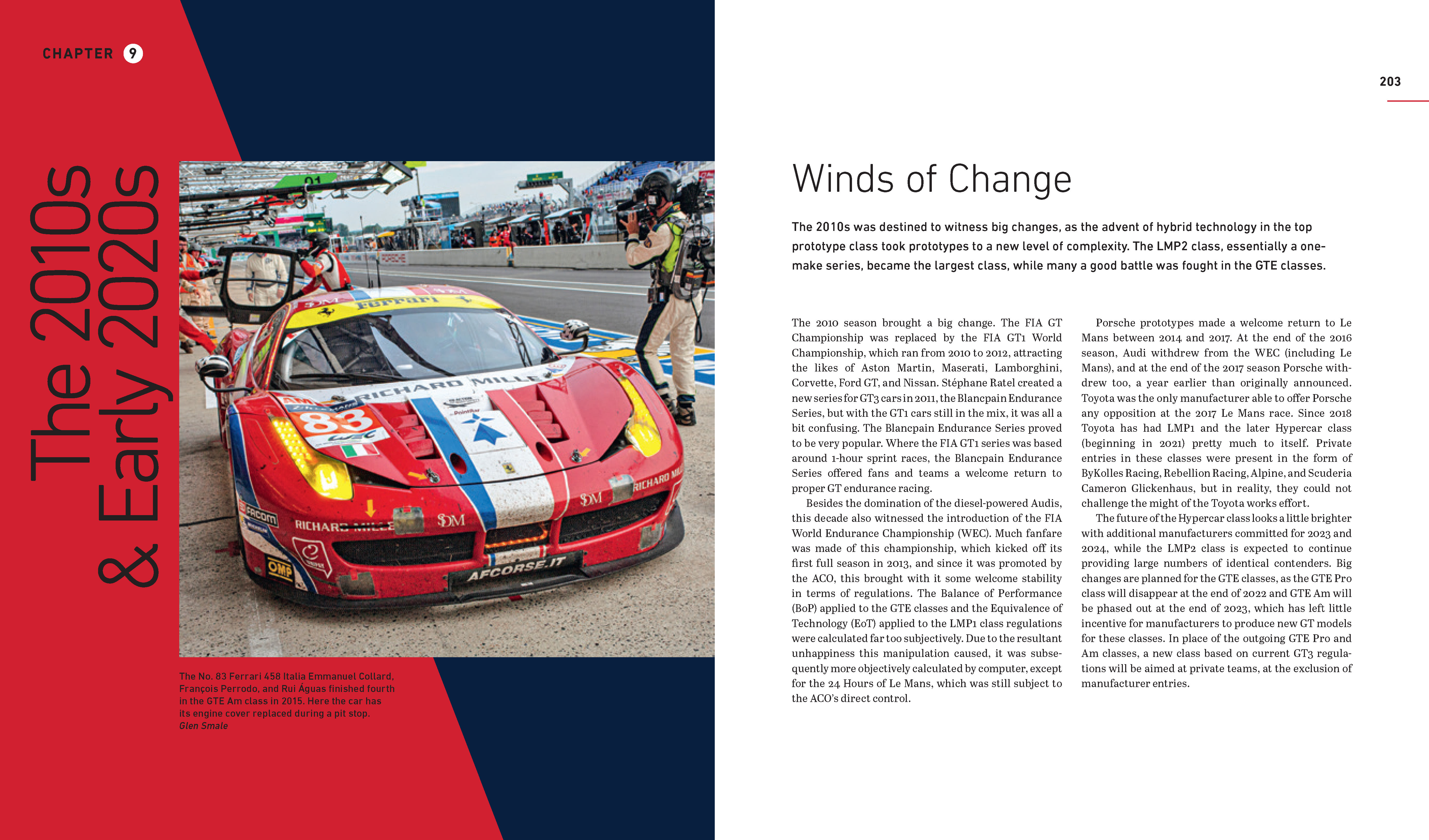
Second, the art direction and choice of illustrations is lovely (make that handsome) and the bonus two-page gate-fold sheets are wonderful remembrances of the colorful event posters that have been another great Le Mans tradition.
As reported earlier, it is so easy to leaf though this book, catch sight of a brilliant color shot of a racing car doing what it does best, and just drop anchor and start to read that year’s account of the event out of year to year sequence. (And that’s OK by me).
And a word here (if you will) about the index, for me often-times the most underrated part of any book that seriously wants to portray history. Here, “Le Mans100” has a pretty good one, along with a good bibliography - should the reader be enticed to sift through more lore about this vaunted event.
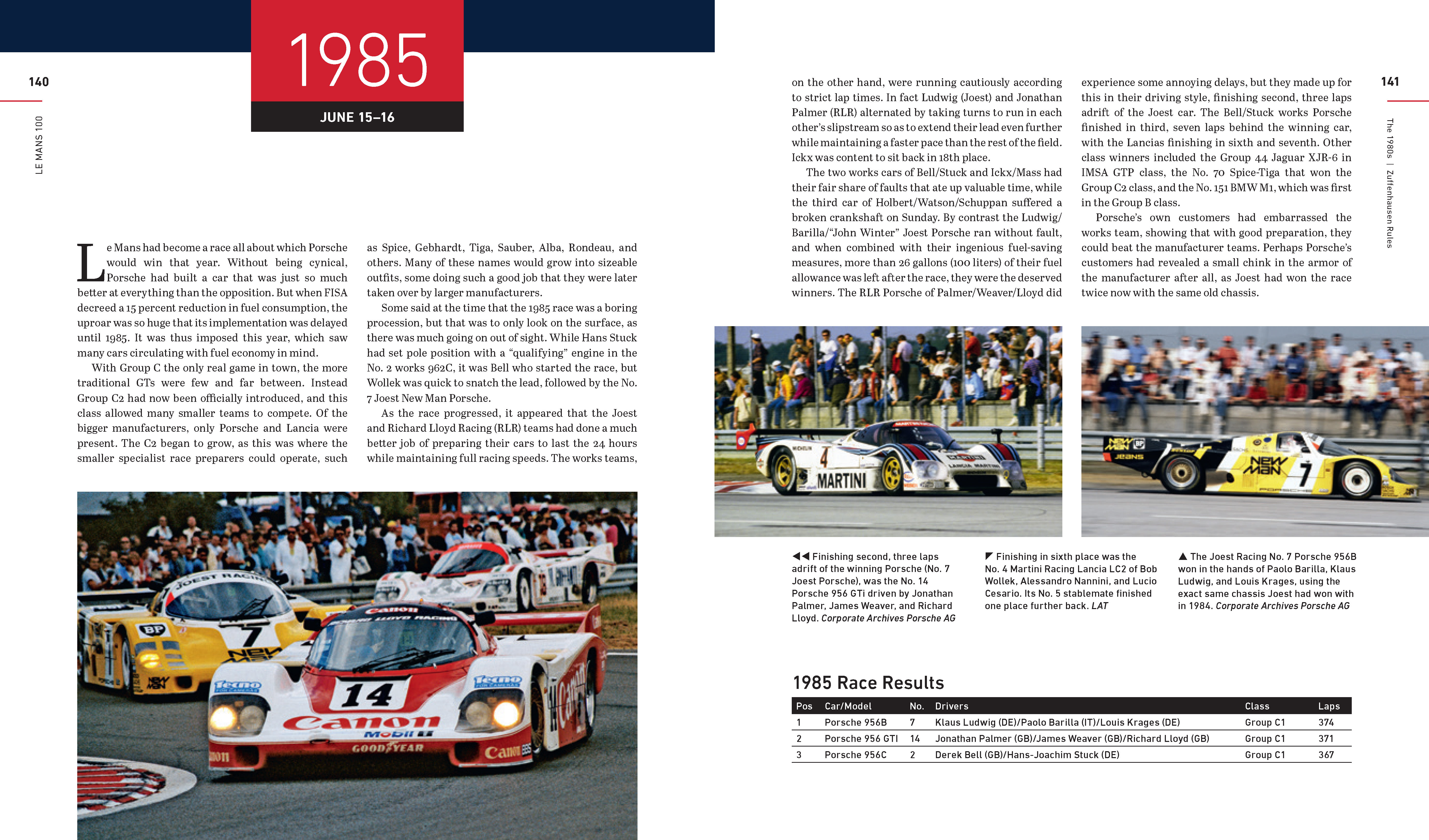
I believe the naming the names of those who have raced in this classic is a sure testament to its importance. Among them: Phil Hill, Jacky Ickx, Mario Andretti, Froilan Gonzales, Stirling Moss, Juan-Manuel Fangio, Dan Gurney, Bob Bondurant, Carroll Shelby, AJ Foyt, John Fitch, Fernando Alonso, John Fitch, Duncan Hamilton, Jack Brabham, Graham Hill, John Morton, Tommy Kendall, Danny Sullivan, Jos Verstappen, Luigi Chinetti, Briggs Cunningham, Bob Grossman, George Follmer, Augie Pabst, Andy Wallace, Olivier Gendebien, Derek Bell, Bill and Don Whittington, Johnny Herbert, Dick Guldstrand, Davy Jones, Ukyo Katayama, and last (on this list, but far from least): Andre Lagache and Rene Leonard...the winning driving team of the very first “Grand Prix de’Endurance” - May 26-27, 1923.
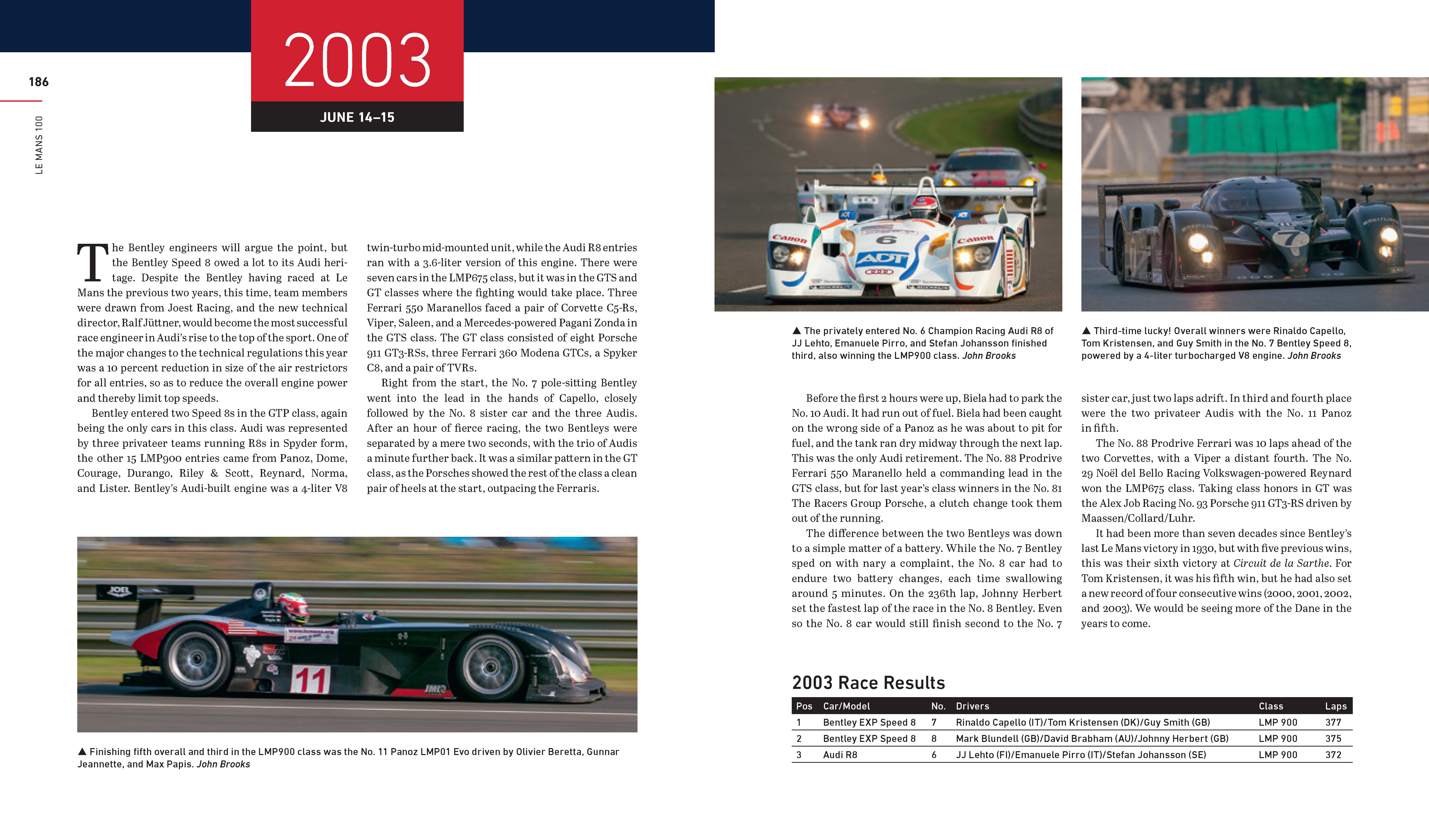
As I think I’ve said above, and maybe more than once, this is a graphically beautiful book, with (quite literally) hundreds of sharp action images of the always colorful cars that each year find their way to the Sarthe region of France in mid-June. That, combined with a tight, highly accurate (as well as entertaining) accounting of each of the classic 24 Hour races that have a century of tradition behind them.
Book Review
LE MANS 100 - A Century at the World’s Greatest Endurance Race
Author: Glen Smale
Foreword: Tom Kristensen*
Published by: MotorBooks (Aug 2023)
Hardcover w/slipcase: 240 pages, 250 images
ISBN:9780760376171
$75 US / $99 CAN
*Who should have a pretty darn good idea about the place and the race since he’s won the 24 Hours an unprecedented nine (9) times (!)..
About The Author

Doug has a long and wide-ranging history in the motoring business. He served five years as the Executive Director of the International Kart Federation, and was the PR guy for the Mickey Thompson's Off-Road Championship Gran Prix. He worked racing PR for both Honda and Suzuki and was a senior PR person on the first Los Angeles (Vintage) Grand Prix. He was also the first PR Manager for Perris Auto Speedway, and spent over 20 years as the VP of Communications at Irwindale Speedway. Stokes is the recipient of the American Autowriters and Broadcaster’s 2005 Chapman Award for Excellence in Public Relations and was honored in 2015 by the Motor Press Guild with their Dean Batchelor Lifetime Achievement Award. 2025 saw Stokes voted into the Go Kart Hall of Fame. “… I’ve also been reviewing automobiles and books for over 20 years, and really enjoy my LACar assignments.” he added.

